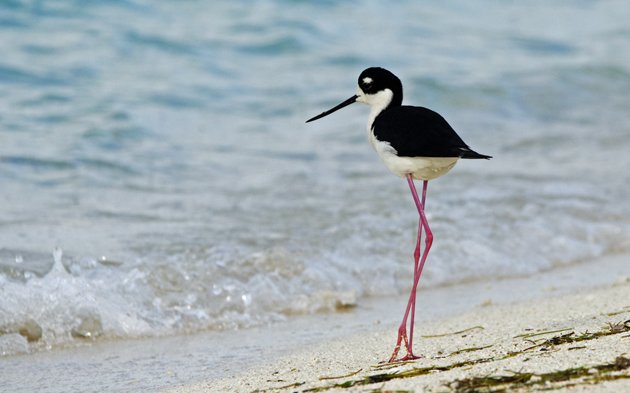
Bubble-gum pink legs. That’s how the limbs of the Black-necked Stilt, Himantopus mexicanus, were first described to me, and that’s what I’m going with for 10,000 Birds Pink Bird Weekend (or, as I call it, Think Pink Week). Sibley describes them as “extraordinarily long red legs”. Pete Dunne calls them “coral red”. Stokes and the National Geographic Field Guides go with simply “pink legs”; Kaufman likes coral too, only with pink, as in “coral-pink legs”. The classic book Shorebirds very thoroughly describes Black-necked Stilt legs as “Pinkish-red in adults, brighter when breeding, dull fleshy-pink or greyish-pink in juveniles.”* I read all this and I still can’t help but think of bubble-gum when I look at these elongated bright pink legs. They make a bird that is quite watchable to begin with, totally irresistible.
Larry Jordan wrote a profile of The Unique Black-Necked Stilt for 10,000 Birds in 2011; he points out that they have the second longest legs in proportion to their bodies of any bird, exceeded only by the Flamingo (another Pink Bird). When you watch the Stilt as it walks along the beach, like this bird, that I photographed in the Dry Tortugas last year, you tend to wonder how its legs are capable to holding up its body.
Those bubble-gum pink legs never seem to be straight, there is always something going on with the knees and the feet (which have a half web between the middle and outer toe and lack a hallux, a big toe). And then, you see a stilt standing on one straight leg, without a wobble, and you realize just how graceful and elegant these birds can be. You also try to figure out where that second leg went, but, as with most shorebirds, they are too clever to show us the trick.
The legs can act a a fulcrum when the Black-neck Stilt feeds, like the bird below, which I observed in the Florida Everglades. This is called the “Head Immersion Method”, according to Birds of North America (BNA), a feeding process in which the bird dips its head in the water and mud to feast on aquatic invertebrates. (I did not make this up, there really are names to the various ways this bird feeds.)
At Bombay Hook earlier this month I observed a Black-necked Stilt using the Scythe-like Sweep method of feeding. The bird walked slowly through the shallow water, swishing its needle bill in one direction and then another. A lot of leg bending and tilting activity is involved in the Sweep method to get the exact angle that makes the swishing work.
I couldn’t find anything in Birds of North America or Shorebirds about WHY the legs of the Black-necked Stilt are bubble-gum pink. Or coral red or coral pink or just plain pink or red. If anyone knows, I would appreciate a comment.
In the meantime, I’m going to speculate. It could be that the brightly colored legs help attract those aquatic insects to the bird as it strolls through the water. And brine shrimp. Brine shrimp and brine flies are major favorite foods. (Ingestion of brine shrimp could certainly be a reason why the legs are pink. This is how it works with flamingos.)
Or, as with most birds with crazy features, the legs might be a factor in courtship. Is the male stilt with the pinkest-reddest legs the sexiest one in the pond, the bird most apt to be chosen by the female stilt?
It could just be that Black-necked Stilts were endowed with bubble-gum pink legs because they look so spiffy when combined with a black-and-white body. Certainly, the look works for stilts around the world: Black-winged Stilt, White-backed Stilt, White-headed Stilt, Hawaiian Stilt, they all wear variations of the stilt tuxedo with bubble-gum pink legs.
Adult Black-necked Stilts have a tinge of pink on the breast, and juveniles have pink-based bills. Like good fashionistas, they carry their signature color throughout the outfit.
Black-necked Stilts tend to feed with American Avocets. BNA says that both species share a passion for brine flies, and tend to share habitat. Well, that may be so, but you’re going to have a hard time convincing me that the real reason stilts and avocets hang out together is that the stilts’ bubble-gum pink legs look very good next to the avocets’ grayish-blue legs. Something I will need to keep in mind if 10,000 Birds ever does a Blue Moon Weekend.
—-
Books and resources used in search of the term “bubble-gum pink legs”:
The Sibley Field Guide to Birds of North America, by David Sibley. Random House, 2003.
Pete Dunne’s Essential Field Guide Companion, by Pete Dunne. HMH, 2006.
The New Stokes Field Guide to Birds: Western Region, by Lillian and Donald Stokes. HMH, 2013.
National Geographic Field Guide to the Birds of North America, 6th ed. by Jon L. Dunn and Jonathan Alderfer. NG, 2011.
Kaufman Field Guide to the Birds of North America, by Kenn Kaufman. HMH, 2005.
Shorebirds: An Identification Guide, by Peter Hayman, John Marchant and Tony Prater. Houghton Mifflin, 1986.
For background on Black-necked Stilts:
Robinson, Julie A., J. Michael Reed, Joseph P. Skorupa and Lewis W. Oring. 1999. Black-necked Stilt (Himantopus mexicanus), The Birds of North America Online (A. Poole, Ed.). Ithaca: Cornell Lab of Ornithology; Retrieved from the Birds of North America Online:http://bna.birds.cornell.edu.proxy.library.cornell.edu/bna/species/449
…
 It is Pink Bird Weekend on 10,000 Birds! Whether we are discussing birds shaded roseate, fuchsia, rose, coral, salmon, blush, or just plain pink, we have them all covered on Pink Bird Weekend. Why would we bother with such an esoteric topic? To put it simply, pink birds are awesome! Think about it, have you ever seen a pink bird and not wanted to see it again? Of course not! Make sure to check back all Pink Bird Weekend long as we delve into every possible pulchritudinous pink bird we can think of…
It is Pink Bird Weekend on 10,000 Birds! Whether we are discussing birds shaded roseate, fuchsia, rose, coral, salmon, blush, or just plain pink, we have them all covered on Pink Bird Weekend. Why would we bother with such an esoteric topic? To put it simply, pink birds are awesome! Think about it, have you ever seen a pink bird and not wanted to see it again? Of course not! Make sure to check back all Pink Bird Weekend long as we delve into every possible pulchritudinous pink bird we can think of…


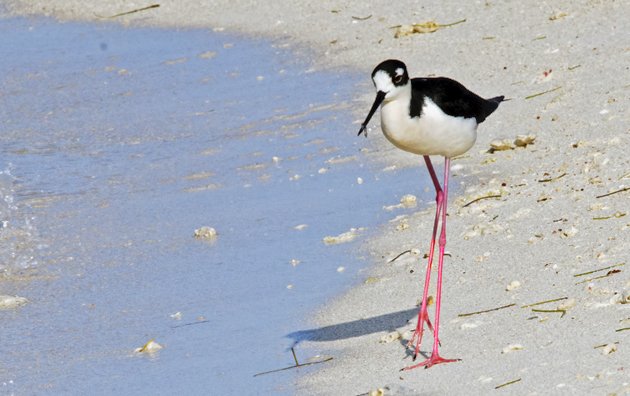
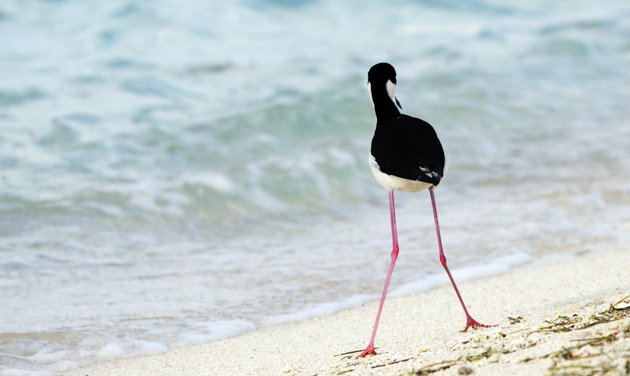
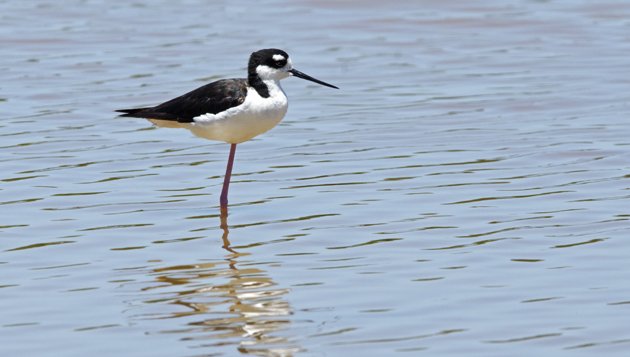
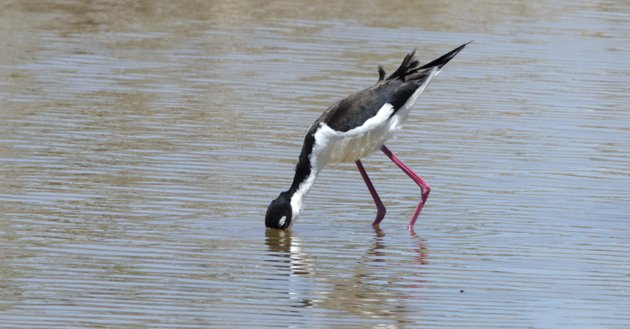
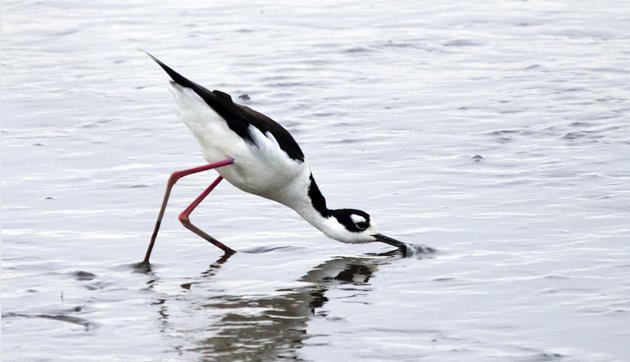
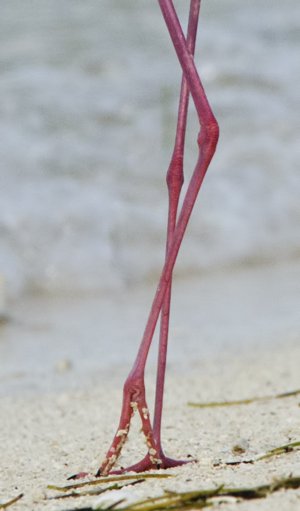
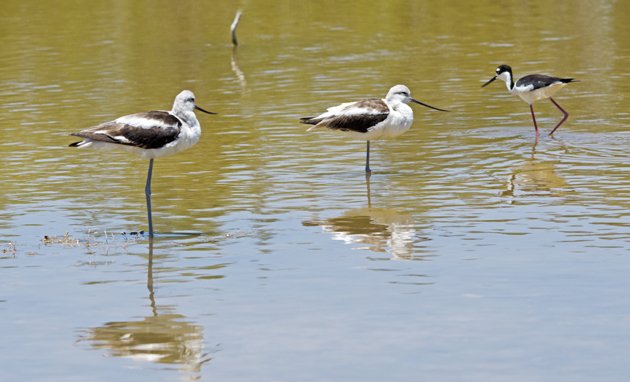











Great photos and post! They are such spectacular birds, and you captured their quirky beauty.
Thanks, Wendy! I never tire of photographing Black-necked Stilts. Some day, I hope to see some of its “cousins” and photograph those bubble-gum pink legs too.